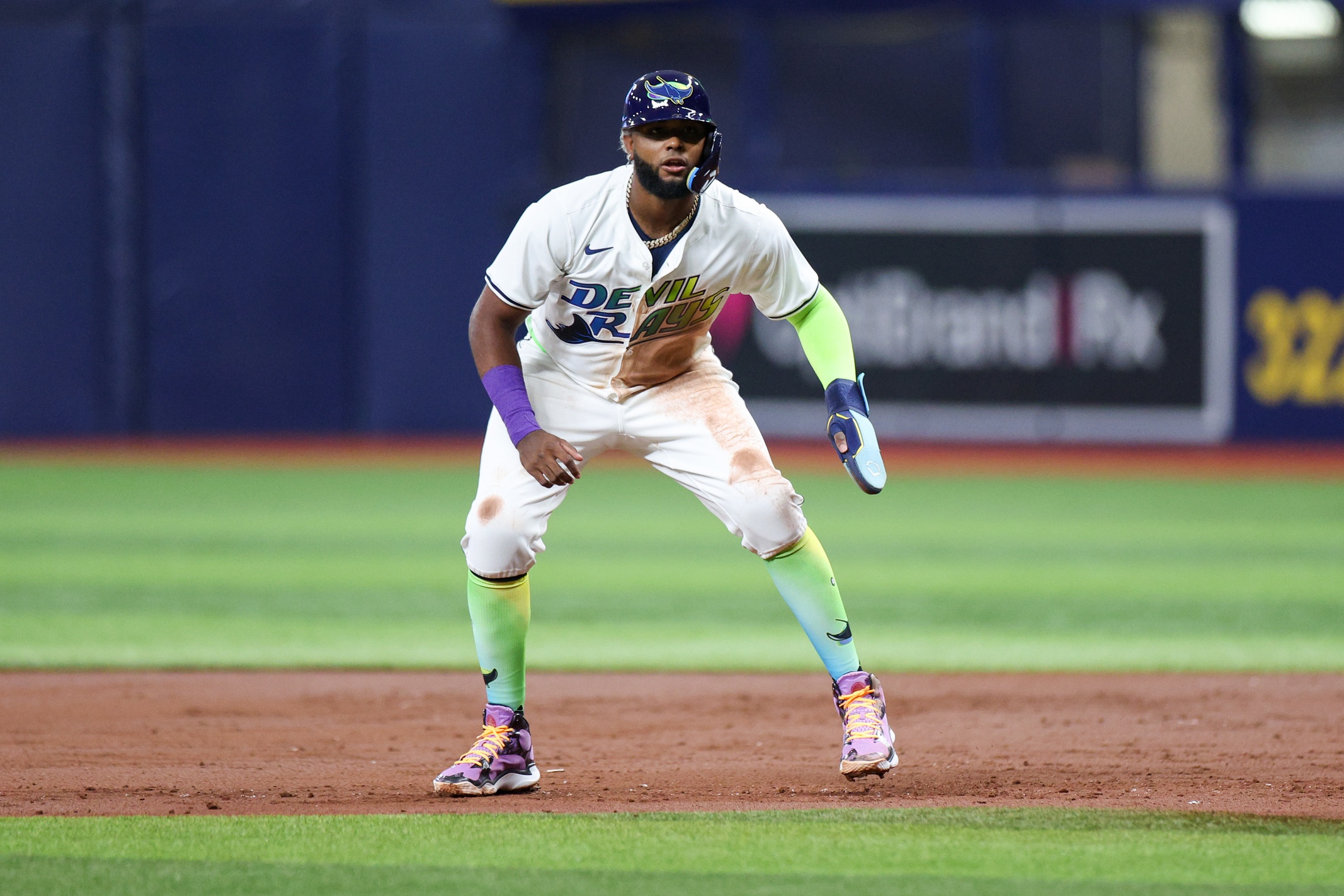A Quick Look into Minor League Statcast for Hitters

How can Statcast improve hitting prospect valuations? This article examines the predictive power of prominent Statcast metrics at the Triple-A level.
With Statcast data now publicly available for every Triple-A game since 2023, I wanted to look at how much it helps us evaluate hitting prospects compared to more traditional data. Specifically, this article considers how well several Triple-A metrics from the full 2023 season — wOBAcon (wOBA on contact), xwOBAcon, barrel rate per batted ball event, and 90th percentile exit velocity — predict MLB wOBAcon in 2024 (MLB wOBAcon through the games of July 26th, as I have been working on this piece for a little while now).
Barrel rate (per BBE) remains the gold standard for quality of contact metrics at the MLB level, but xwOBAcon and 90th percentile exit velocity have also shown strong predictive power in the past. Given its simplicity and availability, 90th percentile exit velocity has grown particularly popular as a metric for evaluating hitting prospects in recent years. All 90th percentile exit velocity data featured in this article comes from the indispensable Thomas Nestico’s leaderboards.
First, focusing only on MLB performance, looking at hitters with at least 50 batted ball events in 2023 and 2024 (n = 378 hitters), the correlation between 2023 barrel rate and 2024 wOBAcon is .54 (or .58 with a 100 batted ball event minimum, n = 295 hitters), while the correlation between 2023 90th percentile exit velocity and 2024 wOBAcon is slightly weaker at .53 (or .56 with a 100 batted ball event minimum). This finding is aligned with past research, with barrel rate reigning supreme as far as quality of contact metrics go.
Switching gears, how well did 2023 Triple-A quality of contact measures predict 2024 wOBAcon at the MLB level? For batters with at least 50 batted ball events in Triple-A in 2023 and 50 batted ball events in the MLB in 2024 (n = 108 hitters), 2023 Triple-A barrel rate has the strongest correlation with 2024 MLB wOBAcon at .271. 2023 Triple-A 90th percentile exit velocity trails behind only slightly, with a .266 correlation to 2024 MLB wOBAcon, while 2023 Triple-A wOBAcon has a .213 correlation with 2024 MLB wOBAcon, and 2023 Triple-A xwOBAcon has .202 correlation with 2024 MLB wOBAcon.
With a 100 batted ball minimum in both years (n = 58 hitters), the sample size starts to get small but the story is similar, with the following correlations between 2023 Triple-A metrics and 2024 MLB wOBAcon: 2023 barrel rate has a .50 correlation with 2024 MLB wOBAcon; xwOBAcon has a .55 correlation with wOBAcon; 90th percentile exit velocity a .45 correlation with wOBAcon; wOBAcon a .39 correlation with itself. xwOBAcon notably performs much better with the higher batted ball event threshold. In smaller samples, 90th percentile exit velocity shows even stronger predictive power, a sign of high reliability–compared to the alternatives here, it’s a stickier metric. Looking at Triple-A hitters with at least one batted ball event in Triple-A in 2023 and 2024, the regression amount–defined here as the amount of regression that minimizes forecast error for a 2023 statistic when predicting itself in 2024–for 90th percentile exit velocity is 26 batted balls, compared to a regression amount of 51 batted balls for barrels.
Finally, if I focus on using 2023 Triple-A statistics to predict 2024 Triple-A wOBAcon, allowing for a larger sample of hitters, the findings are similar: the correlation between regressed barrel rate at Triple-A in 2023 and wOBAcon at Triple-A in 2024 is .47, vs. a .40 correlation between regressed 90th percentile exit velocity at Triple-A in 2023 and wOBAcon at Triple-A in 2024 (this time I find the “correlations” using regressions weighted by 2024 batted ball events, allowing me to capture the full 517 hitter sample and avoid an arbitrary minimum batted ball threshold).
If you made it through the last few paragraphs–and I promise to use a table next time–you deserve a reward: my updated top projected prospects in terms of hitting ability (by peak projected MLB wRC+) are listed below (with projections updated through the games of August 15th). You can find methodological information here, in the previous update.
- Junior Caminero
- Samuel Basallo
- Jackson Holliday
- Emmanuel Rodriguez
- Xavier Isaac
- Coby Mayo
- Moises Ballesteros
- Lazaro Montes
- Colt Emerson
- Kevin McGonigle
My projections do not yet capture Statcast metrics, however. While wOBAcon is highly correlated with the Statcast metrics, this article has found that Statcast metrics, xwOBAcon, barrel rate, and 90th percentile exit velocity, are a significant improvement over wOBAcon in terms of forecasting future power performance for minor leaguers, just as they are for major leaguers. For most players, wOBAcon, barrel rate, xwOBAcon, and 90th percentile exit velocity tell a broadly similar story. Each of the prospects in my projections-based top 10 has generated ample buzz in scouting-based lists that typically consider a broader range of data points, including Statcast metrics. For certain positive outliers, however–Junior Caminero, Moises Ballesteros, Luis Matos, Dylan Crews, Jordan Walker, Agustin Ramirez, and Colson Montgomery come to mind this year–incorporating Statcast data makes this year’s Triple-A performance look significantly stronger.

Last paragraph, what does it mean that those players are outliers? They have low xwOBAcon I assume?
Jordan Walker still has a pretty low launch angle/high GB%, makes me think he’s not turning around his fortune anytime soon, despite the conventional scouting reports.
Thanks for the response!